When Miniskirts and Hijabs went together –
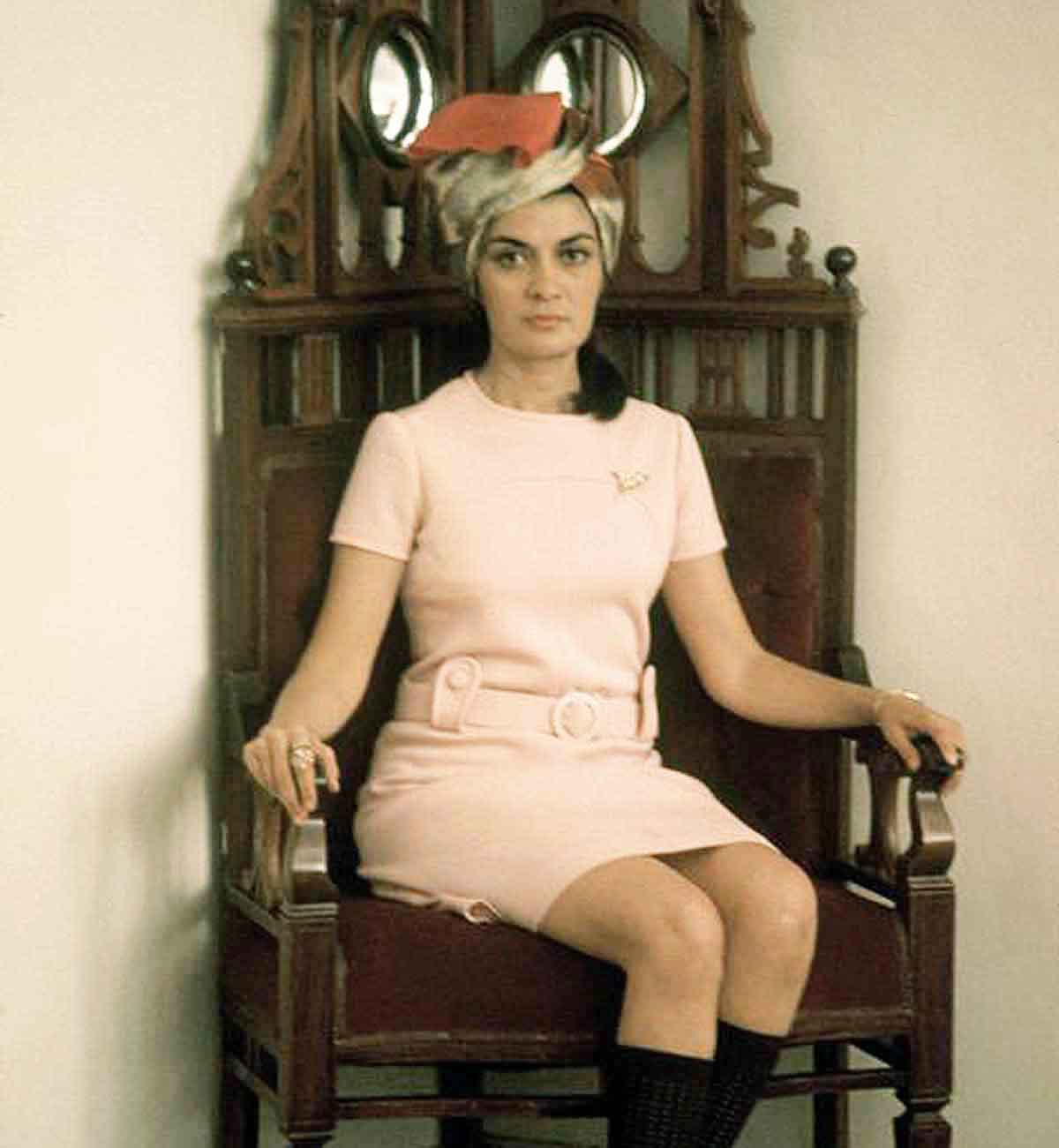
‘As a girl, I remember my mother wearing miniskirts and taking us
to the cinema. My aunt went to university in Kabul.’
Horia Mosadiq – Amnesty UK
Three decades of war, invasion and religious uprisings have sent Afghan women back into a dark age, not unlike women during past fundamentalist Christian eras.
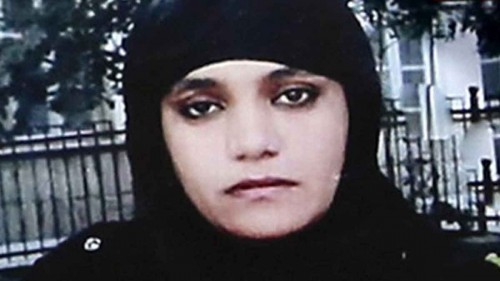
The US invasion ousted the Taliban, possibly one of the nuttiest regimes in history, but the attitudes toward Afghan women, recently highlighted by the shocking and barbaric murder of the young Farkhunda Malikzada in Kabul, and the subsequent lenient sentencing of her killers, have sadly not changed. Though perhaps, just perhaps the worm is turning. Her funeral coffin was carried by a group of courageous women ( also frowned upon ) and the huge public outcry to Farkhunda’s murder, may have sown seeds to a better future for women in this once progressive and beautiful country.
Student fashion in pre-war Afghanistan – 1970s
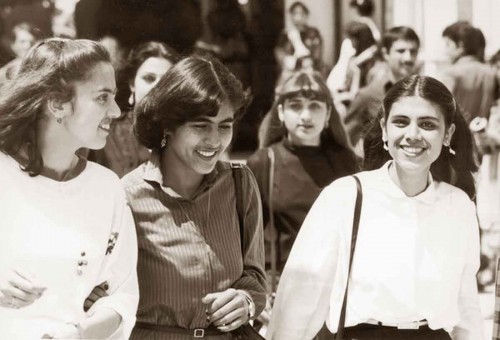
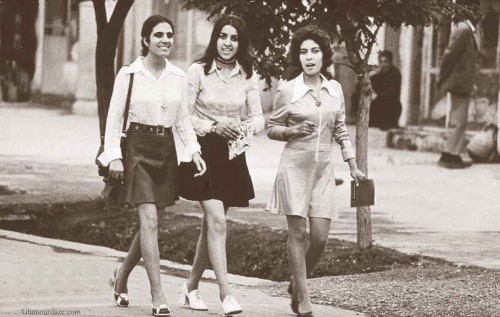
While there is very little to be found so far on Afghan women’s fashion, here are few singular moments in Afghanistan’s fashion past.
Afghanistan in the 1920s
Long before many European nations, the sovereign of Afghanistan Amanullah Khan passed laws advancing women’s rights .
In 1919, Emir Amanullah Khan legalized women’s suffrage, a year before women in the USA !
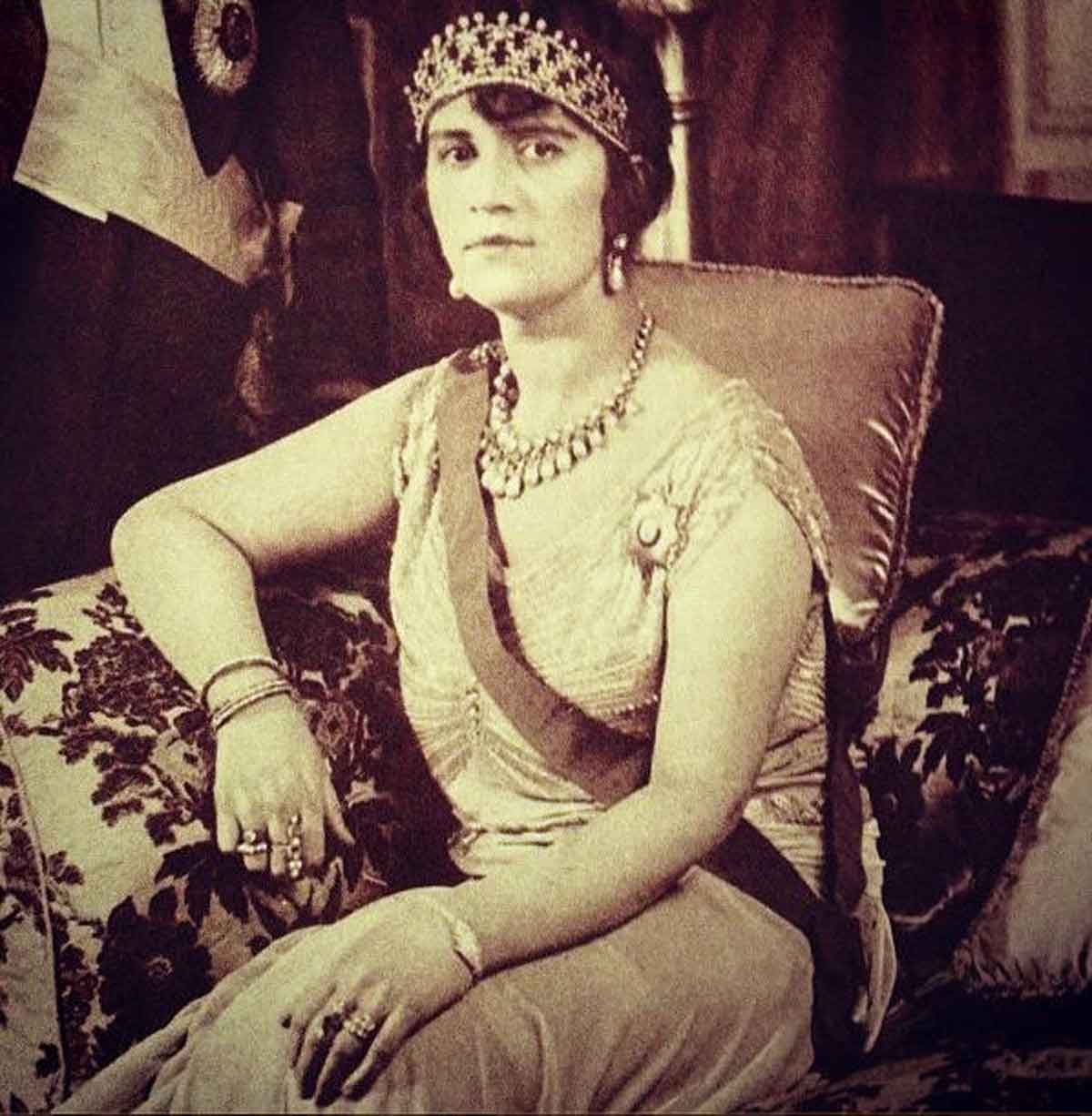
His wife Soraya Tarzi, daughter of the liberal thinker Sardar Mahmud Tarzi was the epitome of the 1920s liberated woman. She publically encouraged women to choose for themselves what to wear. She published Afghanistan’s first women’s magazine periodical Ershad-I-Niswan and encouraged young women to get educated.
But it was too good to last.
When British papers published photos of Soraya without a veil, dining with men, not to mention foreign men – the popular Habibullāh Kalakāni was having none of it, and led an uprising – forcing Soraya and her husband to flee to India.
He immediately closed schools for women and all western education centers and the Burkah became compulsory. His reign turned out to be short and corrupt however. Soraya Tazir passed away in Rome in 1968.
Her daughter India D’Afghanistan (born in India in 1929) is the European cultural ambassador to Afghanistan and works tirelessly for the benefit of women’s rights.
While the Pashtun dress has been traditionally the most popular form of clothing in Afghanistan, with the Firaq partug, comprising of the Chador or scarf, the Firaq or skirt, and the Partug, some western modes of dress have crept in and out over the past 100 years.
Fashion in pre-war Afghanistan – 1960s
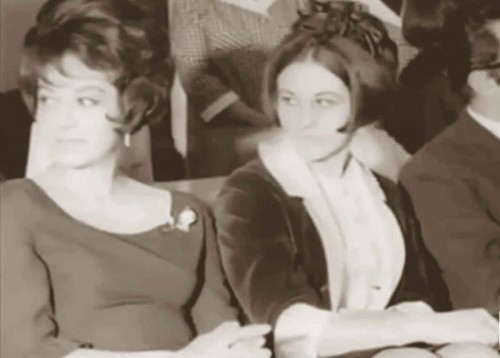
By the 1960s, over a third of the women of Afghanistan’s capital Kabul – chose western fashions over traditional. The city was a vibrant and exotic destination for tourists. It was on the hippy map too and soon Afghan coats became the country’s biggest clothing export.
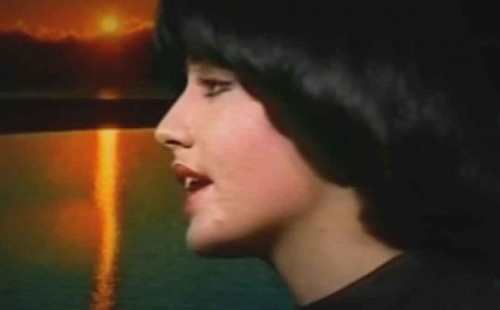
It was into this decade that the young Afghan singer Hangama, was born. She became popular in the 1970s along with husband Ahmad Wali . She now lives in exile in Canada.
According to the sadly missed Middle Eastern fashion blog The Polygot – a certain amount of credit for this could be given to one woman by the name of Jeanne Beecher, the wife of an Ariana airline executive based in Kabul.
Beecher established a dressmaking school, with the backing of Pan Am Airlines and Vogue Pattern Services, one of the few companies authorized to copy the designs of top fashion designers. Jennifer Van Vleck, author Empire of the Air noted that soon ” hundreds of copies of Vogue and Glamour flooded into Kabul, giving Afghan women a glimpse of the latest styles”
Vogue goes to Afghanistan – 1969
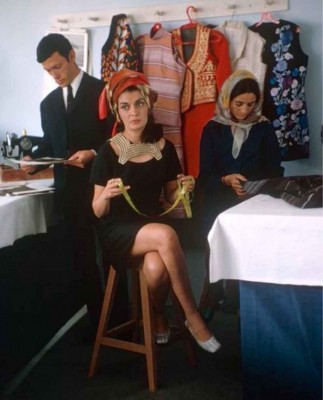
In the 1969, a young Kabul based designer Safia Tarzi ( no apparent relation to Queen Soraya Tarzi) was the focus of Vogue magazine when they visited the country that year.
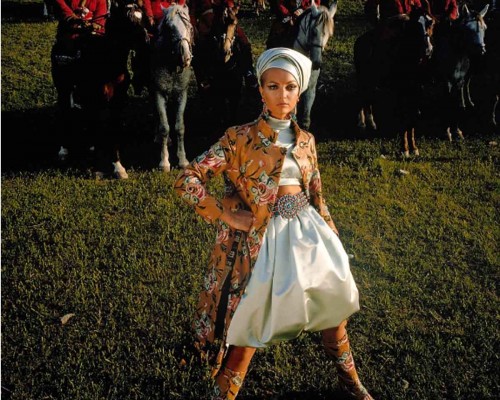
Tarzi helped blur the lines between feminine and masculine and blended western and Oriental designs with enthusiasm, feminizing traditional turbans and waistcoats to match with modern western skirts stockings and boots.
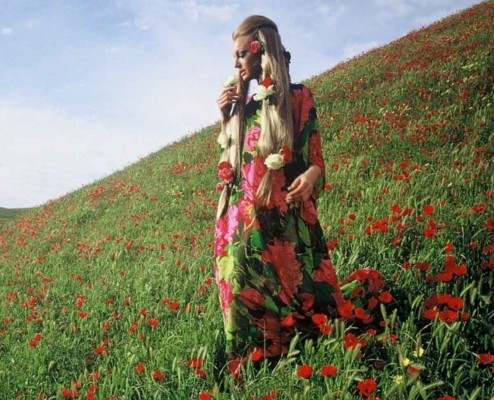
There is very little information about this beautiful and clearly unique woman ( for Afghanistan at least), but I will be searching to find out more!
That’s all !
©Glamourdaze 2015
The Polygot
Kabul Carnival: Gender Politics in Postwar Afghanistan
When Afghanistan was in Vogue
The Neon Hamburger
Empire of the Air-Jenifer Van Vleck

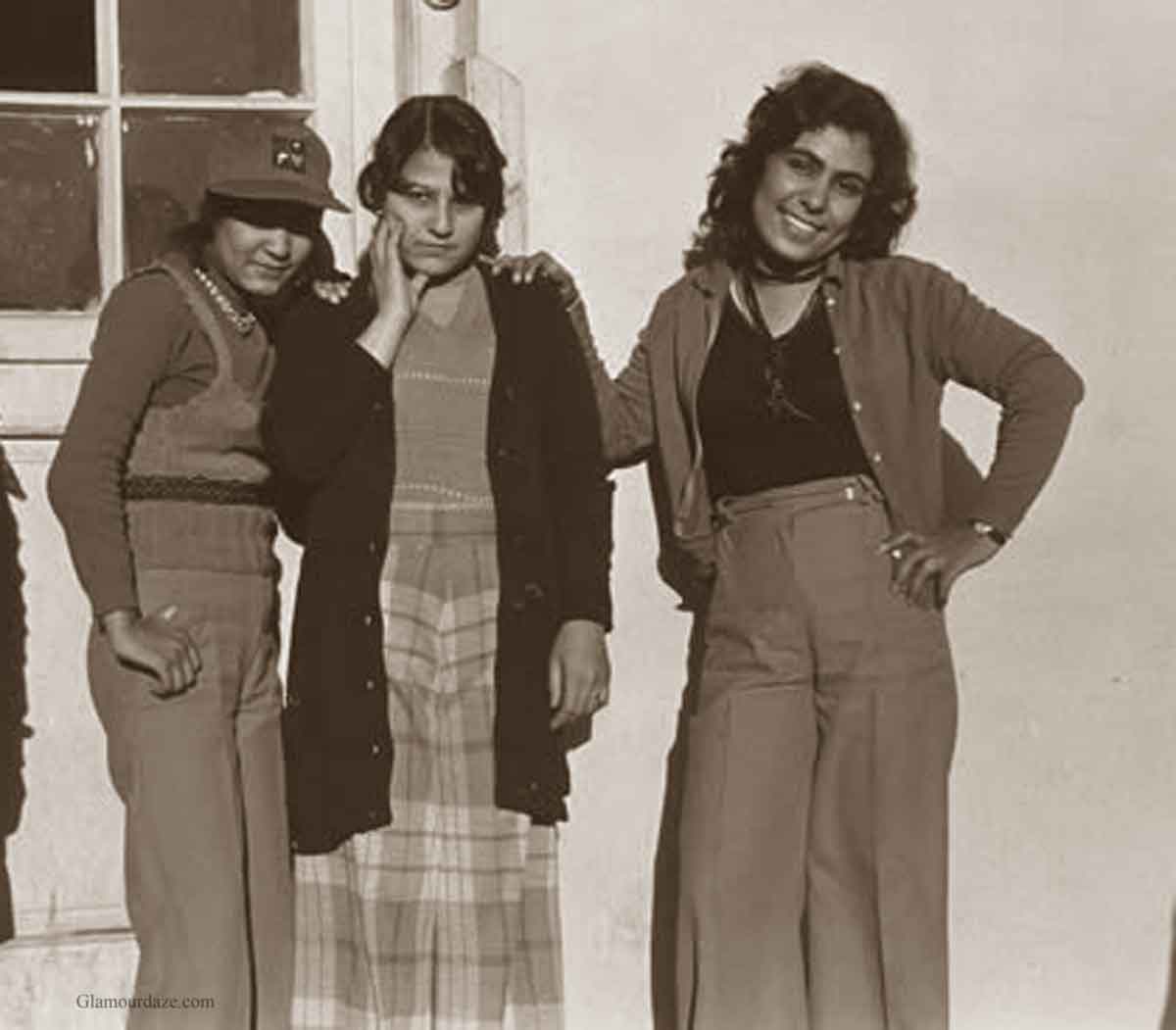
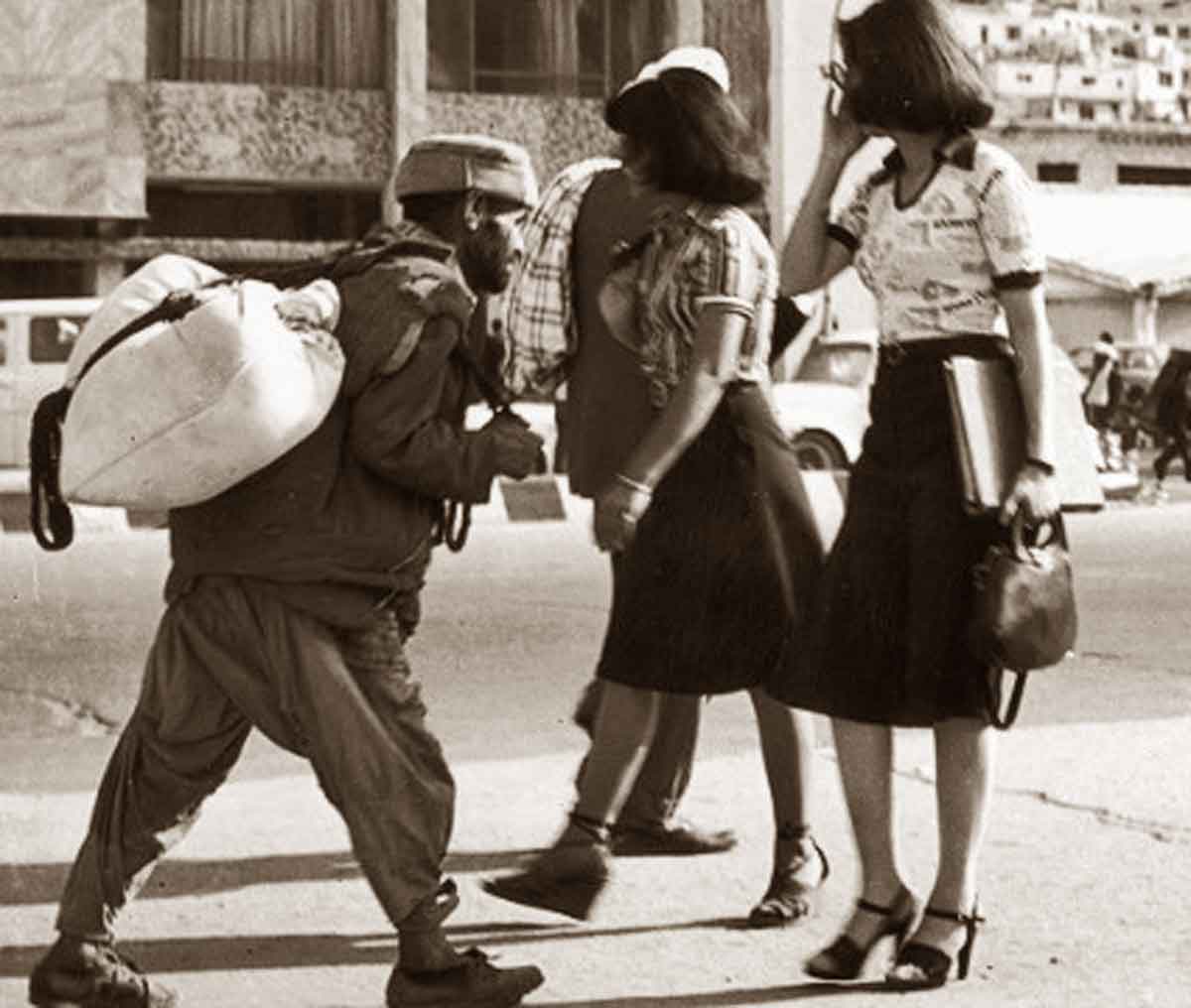
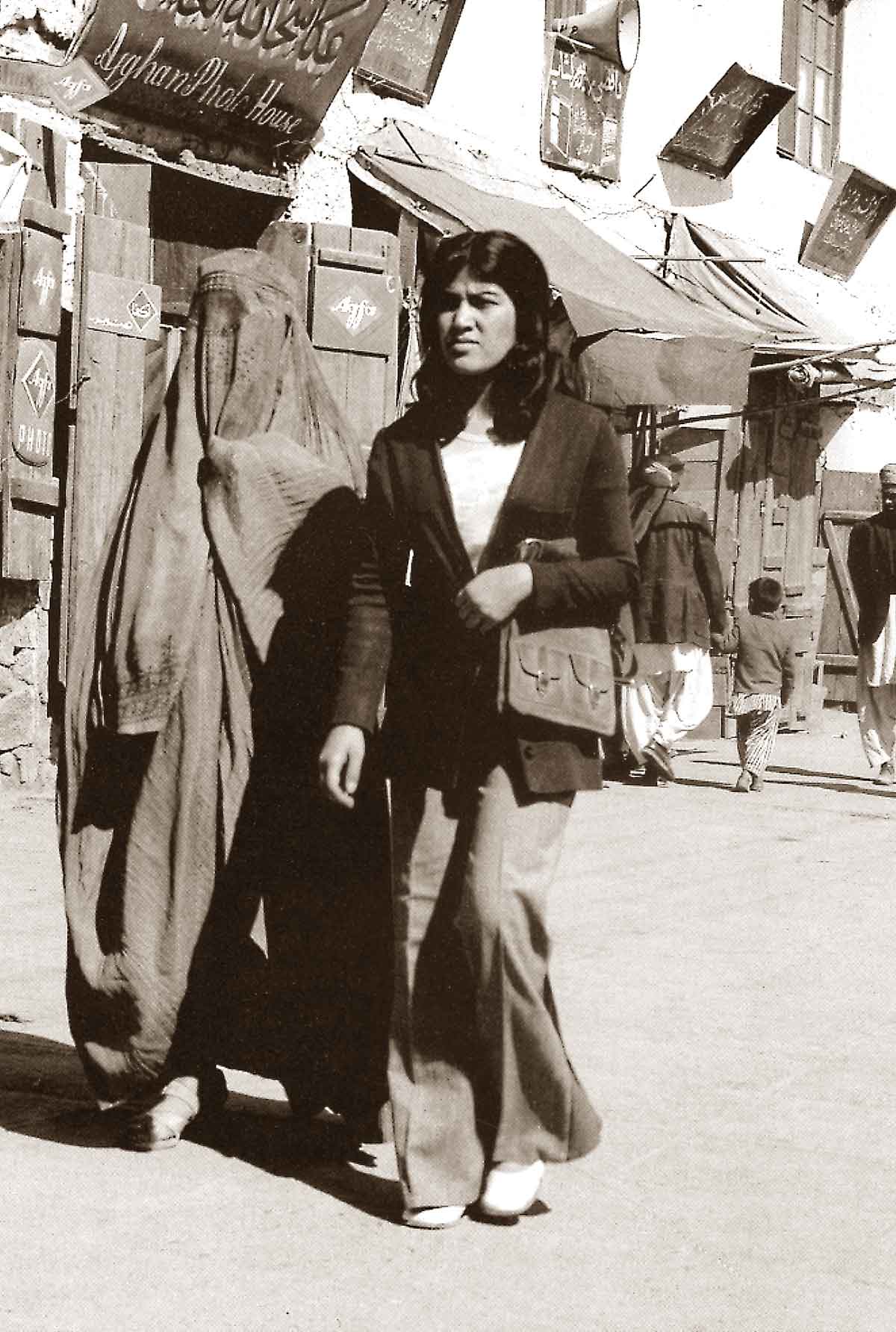
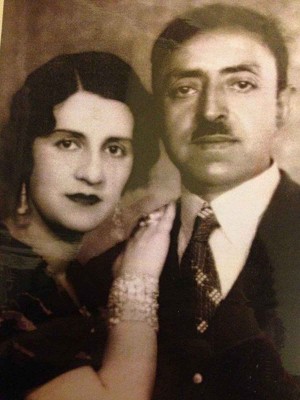
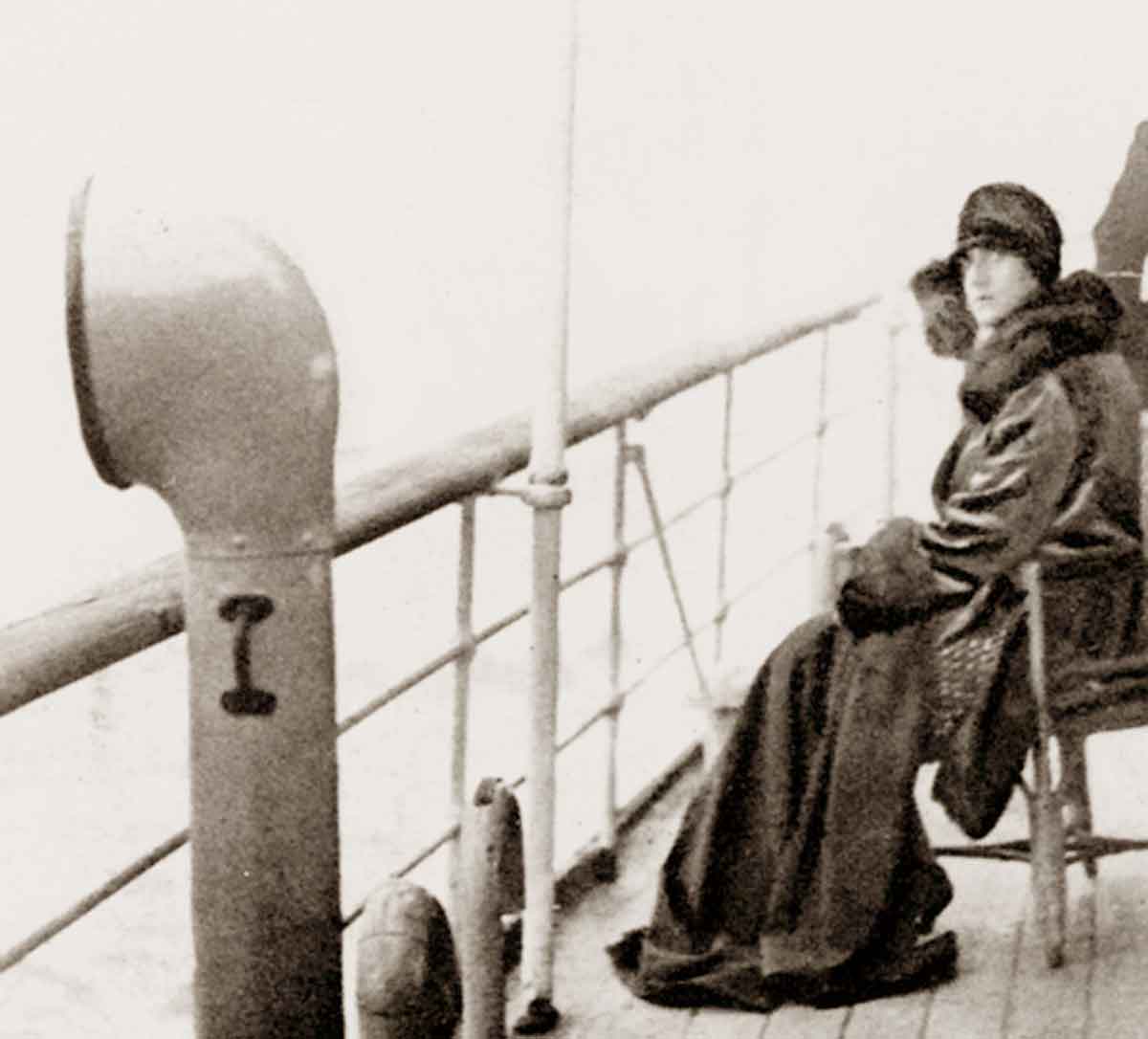
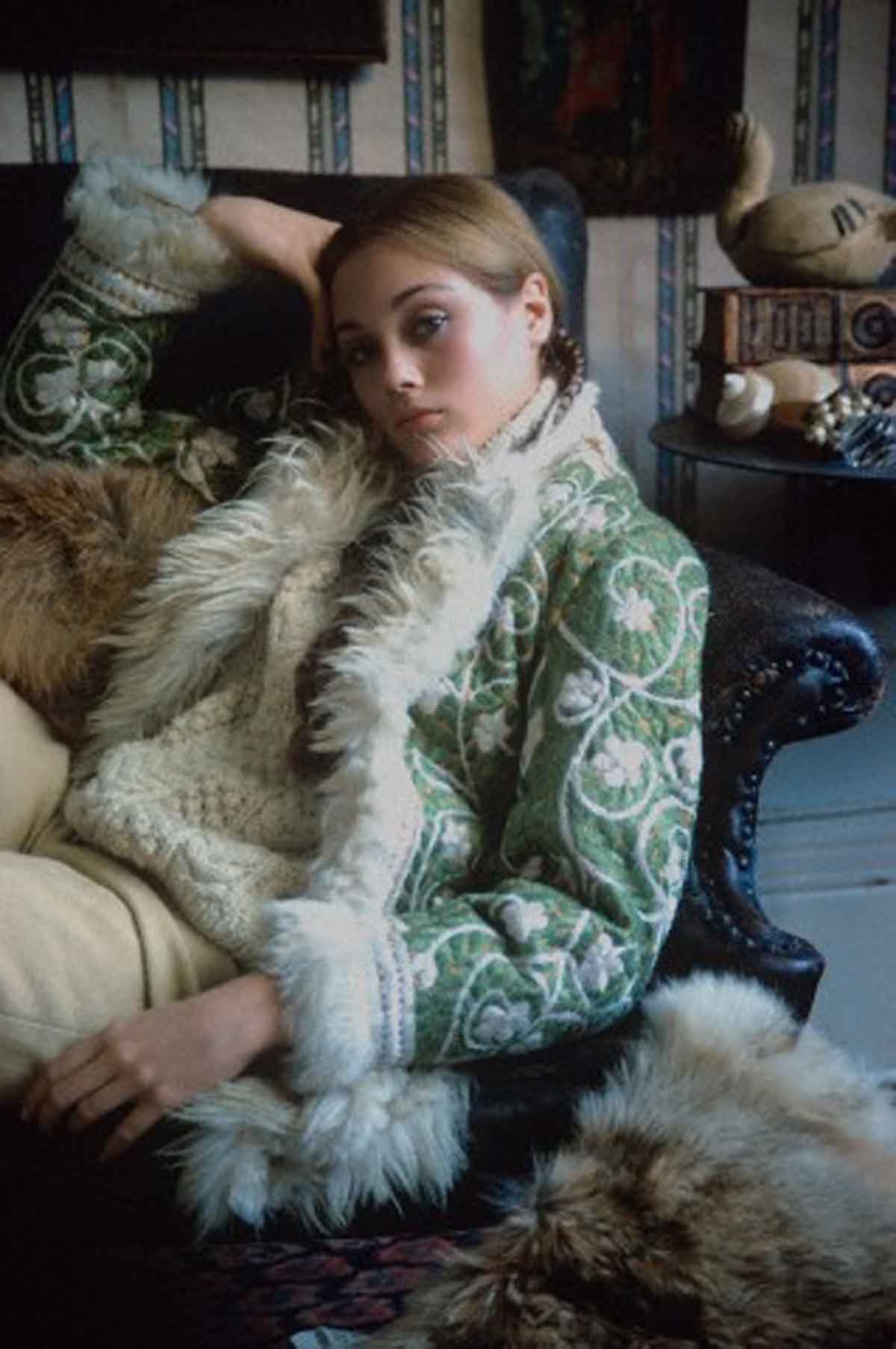
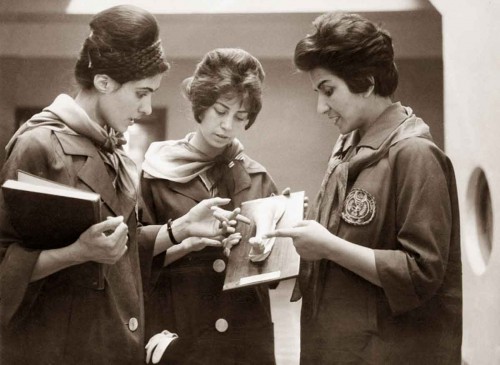
What a vibrant exciting time. Too bad it is lost.